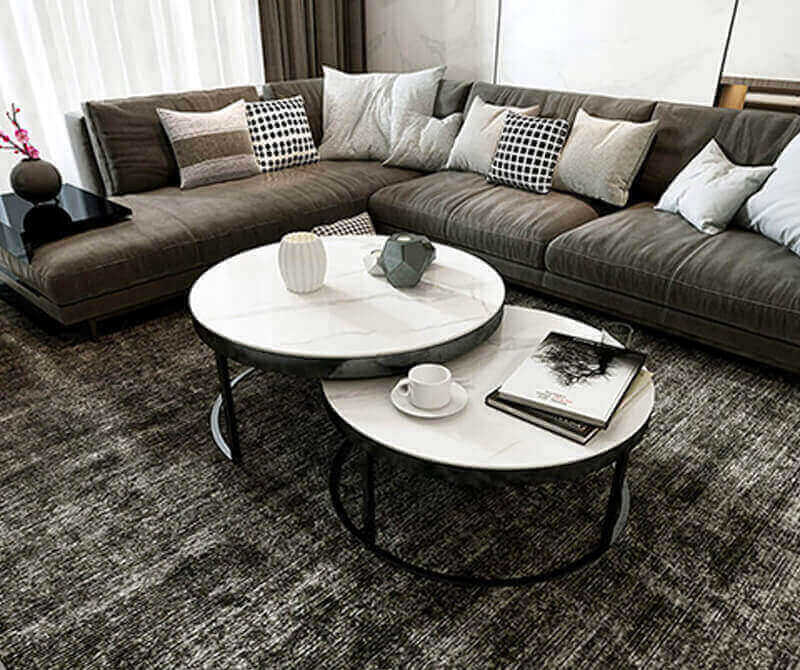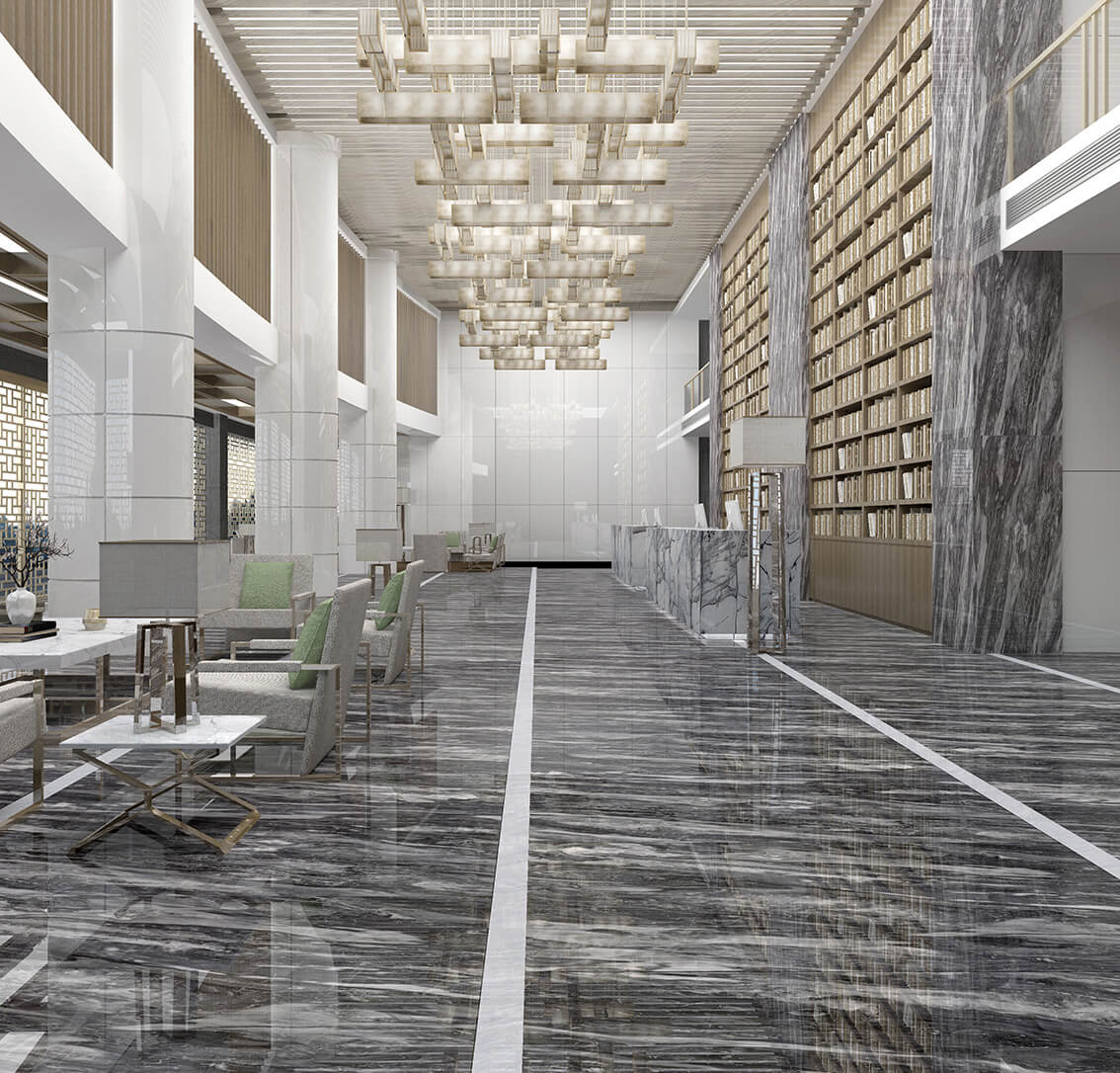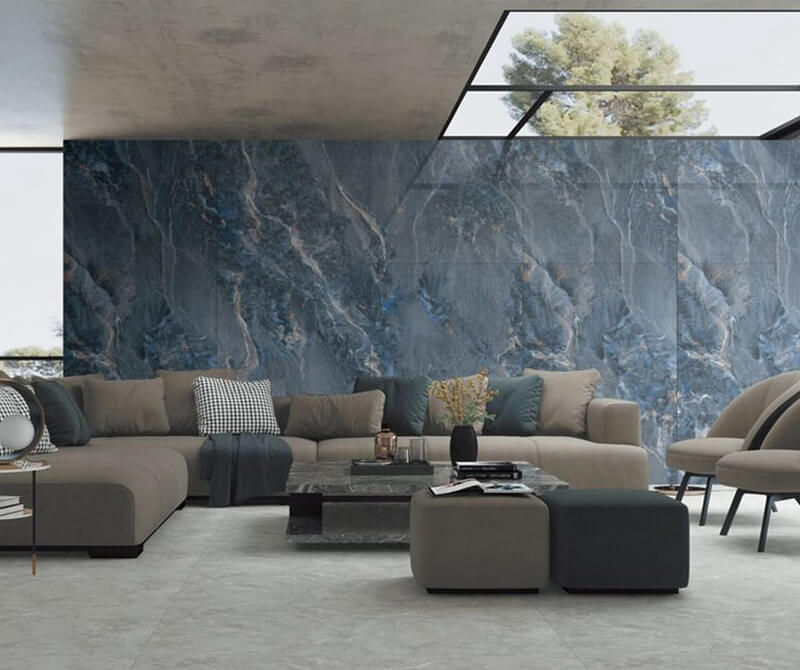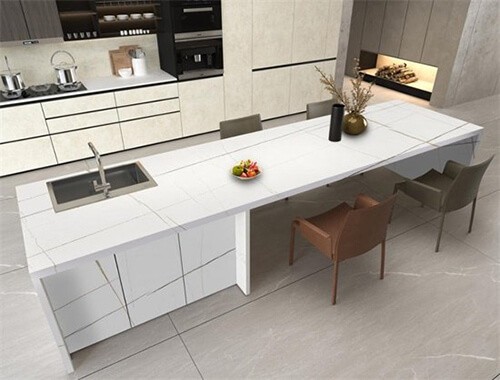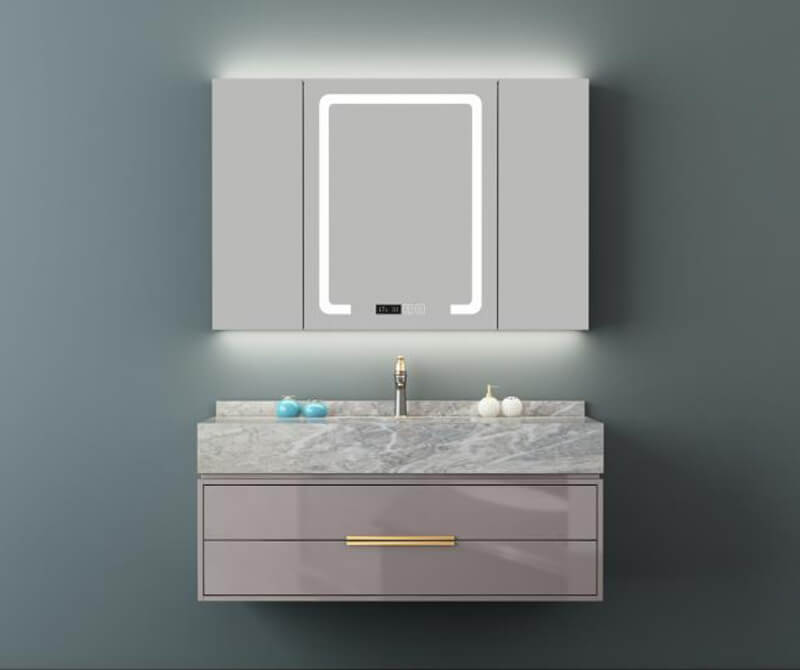Sintered stone VS Porcelain
Release Time : 2021-01-07 View Count : 291 次Recently, a new category of surfacing materials hit the market and represents what is truly next in engineered surfacing: sintered stone. “Sintered Stone” is the moniker firms like Lapitec and Neolith have chosen to differentiate their products from traditional quartz materials. These products are superior in a myriad of ways:
Stain resistant, scratch resistant, as well as heat and frost resistant.
Outdoor use and do not fade or yellow like other materials,
Can be used as exterior cladding, and in some cases reduce air pollution.
They are incredibly hard and impenetrable.
Where does the water get muddied with these cutting-edge materials? The word “porcelain.”
Why the confusion? Both Porcelains and Sintered Stones are “heated” – the definition of sintered – just prior to the point of liquefaction and then cured into their slab or tile format. The major difference is what these processes were designed for.
Seeing the success of these new entrants, traditional porcelain companies that focused on smaller format tile realized they, too, could move in on the cladding and larger format surfacing market. So they started scaling up their manufacturing lines to get larger size tiles that, while thin and more brittle, were technically suitable for horizontal surfacing and some vertical applications.
Sintered stones, though, were designed for surface applications. Designed to be 1-3cm thick, they are a perfect swap for traditional stone designs like quartz and granite but with far superior performance.
Let’s review the differences.
Evolution of Design
Porcelain tiles have been around for ages. Typically ¼” thick, these materials have surface designs that adorn them, historically handcrafted, but often machine printed these days and can be tailored to any specific aesthetic need. The pattern is surface printed only, or even glazed. These tiles have recently been scaling up to address more modern applications where seams and grout lines are not desired. The larger the tile, the more fragile, and most processes are not designed with thicker profiles in mind, and are limited to the ¼” or 6mm thickness.
Sintered stones, or ultra-compact stones, are new to the market, really ramping up in the last couple years. They are seen as viable replacements for the fatigued quartz market, which has seen its luster fade as Chinese entrants flood the market with cheap alternatives, pushing the price down and confusing the industry. Sintered stones build on the benefits of quartz, but remain a patent-protected process technology in some cases, locking out the Chinese equipment manufacturers from mimicking the process, which is largely what led to the commoditization of quartz. Sintered Stone is positioned to be the “next hot thing” in kitchen remodels, as well as the go-to standard for self-cleaning buildings and cities that are really planning for the future.


